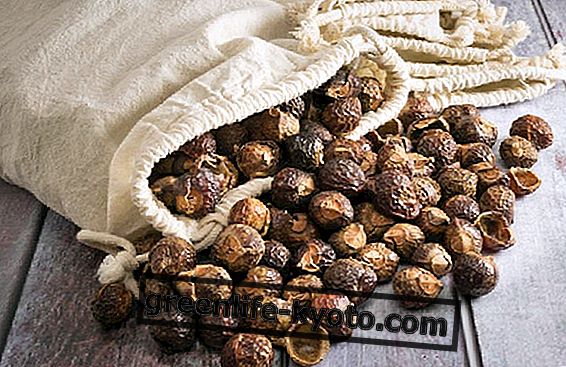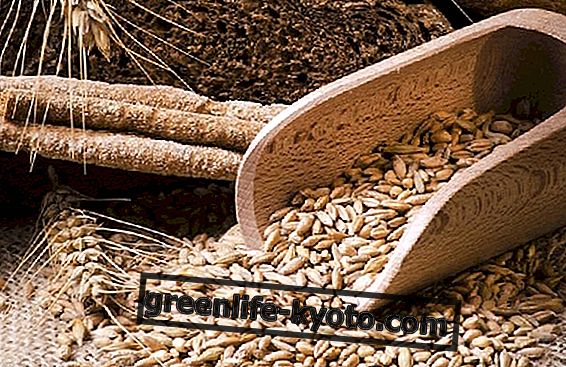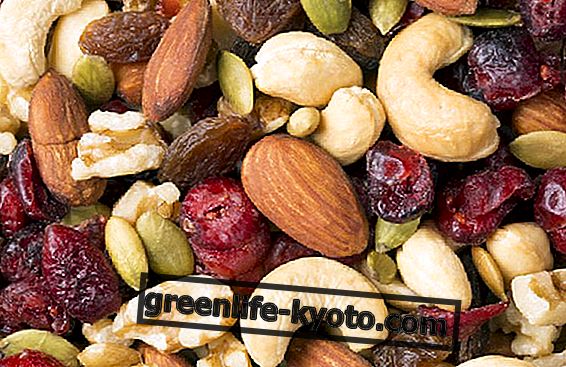By prof. Claudia De Rosa, international lecturer in Homeopathic Medicine and researcher

Description and causes of influenza
Influenza is a seasonal pathology affecting the respiratory tract caused by a viral infection (so-called influenza viruses). The virus is an organism that changes frequently and this makes it difficult to make an effective vaccine.
The flu virus enters the body through the mucous membranes by air: saliva, mucus, spit, etc. From the moment of infection the symptoms appear within the next 3-4 days.
In Italy, the peak of influenza occurs in the winter period (ie between December and March). Usually the flu episode lasts at most five to seven days from the onset of symptoms, although cough and general malaise may last for two or more weeks.
The flu is manifested above all with general and respiratory symptoms: chills, bone and muscle pain, headache, severe general malaise, sore throat, cold and cough usually not catarral.
Fever is not the main symptom (it can be triggered or not) and is generally higher in infections caused by type A viruses while, in those caused by those of type B, it is kept at lower temperatures. In the elderly the fever tends to remain low, the onset of the disorders is gradual and involves above all weakness, joint pain and confusion.
How to interpret the symptoms of influenza
From the holistic point of view, the influence is a pathology that temporarily alters the inner life force of the individual, that fundamental motive energy that regulates the correct functioning of the organism itself. Influenza, in fact, involves the whole organism even though some symptoms prevail for intensity (usually symptoms of the respiratory system).
For this reason, the symptoms through which the flu episode occurs may vary from individual to individual, both in terms of symptomatic manifestation and in terms of intensity.
Homeopathically speaking, the flu occurs when the vital force of the organism is weakened, weakened, weighed down by a stress reaction (often negative stress), physical fatigue or in response to "susceptibility" or individual sensitivity and predisposition to a a certain type of virus and bacteria (in the specific case of influenza we speak of flu viruses).
Plantar reflexology against the flu

Homeopathic remedies for flu
- Bryonia alba 30 CH : flu status felt at the muscular level. The symptoms worsen with the least movement, even that of the eyes. Dry lips and mouth accompanied by a consequent thirst. Headache aggravated by repeated coughing. The symptoms are all aggravated by coughing and are relieved by hot drinks, especially hot milk.
- China 30CH : Influenza episode with periodic and intermittent fever which increases and decreases at regular intervals. Exhaustion accompanied by chills and sweating and abundant urination. Yellow and foamy diarrhea can occur and may complain of liver pain (below the last ribs, right side). During the flu episode he is particularly irritable, sensitive and capricious. Exposure to drafts, noise and fruit consumption aggravate the symptoms.
- Eupatorium perfoliatum 30CH : flu status often lacking a fever symptom. A strong pain "like broken bones" is felt at the osteo-articular level, in particular at the extremities (also knees, ankle, wrists and shoulders) and back (lumbar area). Curiously, the appearance of chills, usually between 7 and 9 am, relieves symptoms.
- Ferrum phosphoricum 30CH : initial state of fever or flu, ie when the symptoms are not yet clear. Feverish state characterized by high fever, reddened face, above all cheeks accompanied by inflammation of the throat and lungs, swollen and reddened tonsils, muscle soreness and in some cases a slightly streaked sputum with blood. It can often be confused with Belladonna but the latter appears agitated and with dilated pupils.
- Gelsemium sempervirens 30CH : flu status characterized by a deep state of tiredness and weakness, chills along the back and heaviness of the eyelids "as if they were lead". Muscular aches and generalized soreness accompanied by a strong sense of thoughtfulness throughout the body. The Gelsemium-type flu status could manifest itself after a strong concern or after learning bad news. May be accompanied by excruciating pain in the head. Symptoms improve when urine leakage occurs.
- Pyrogenium 30CH : flu status characterized by a mild fever ("fever") or even absence of fever and accompanied by deep pain in the back of the thighs. Chills of cold felt throughout the body, accelerated pulse despite fever is not high. Restless, he cannot rest lying complaining about the too-hard mattress.
- Rhus toxicodendron 30CH : flu status characterized by strong muscle soreness that causes pain and muscle stiffness but which on the other hand improve with continued movement. Flu can be caused by excessive fatigue.
The contents of the following cards should not be used as a substitute for any medical therapy, but only as a support. If the disorder persists, consult a professional homeopath. Self-medication is advisable only in acute cases of slight entity.
Dosages and recommended dosages should not be abused. Stop taking the homeopathic medicine at the first sign of improvement
Recommended dosage: 30 CH in granules, 1 sublingual granule every 10 minutes for a one-hour cycle. If necessary 1 granule 3 times a day in the 2-3 days following the first intake.













